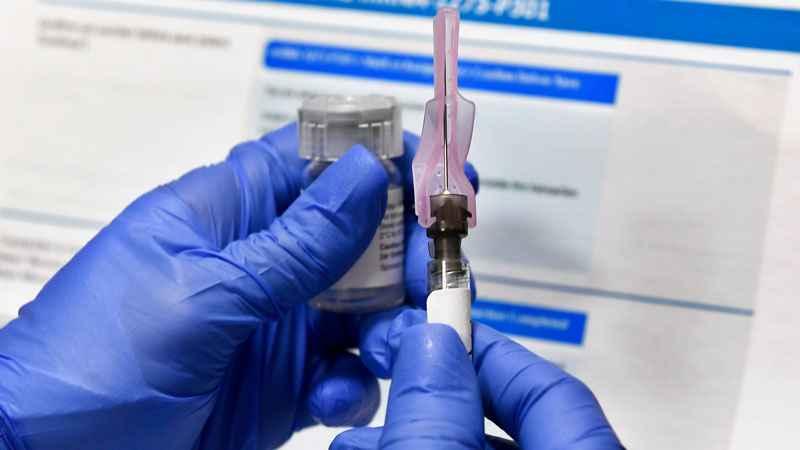MDH COVID-19 briefing: New vaccine guidance expands priority group to those 65 and older, with limits
[anvplayer video=”4998869″ station=”998122″]
During the state’s regularly scheduled COVID-19 briefing, officials with the Minnesota Department of Health provided updates on new guidance for the coronavirus vaccine, as well as information regarding multi-system inflammatory syndrome in children (MIS-C).
MDH Commissioner Jan Malcolm said, on Thursday, the department informed hospitals and other vaccination partners that they can provide vaccines to broader categories, including people 65 years of age and older, but only if they have extra doses.
She said the announcement comes after “significant changes” in federal guidance surrounding the COVID-19 vaccine.
The commissioner told reporters the state is nearing the end of its first vaccine rollout, which has targeted health care workers and residents and staff of skilled nursing facilities. The state is also beginning to vaccinate residents and staff members of assisted living facilities.
Follow KSTP’s complete COVID-19 coverage

In this Monday, July 27, 2020 file photo, a nurse prepares a shot as a study of a possible COVID-19 vaccine, developed by the National Institutes of Health and Moderna Inc., gets underway in Binghamton, N.Y.[AP Photo/Hans Pennink]
“As we approach the end of some of these first priority groups, we want to make sure that all of the vaccines in the state are able to get distributed to Minnesotans as quickly as possible,” Malcolm said. “So today’s announcement and guidance to vaccine partners is to simply make sure they have nothing holding them back from immediately using any and all vaccine they have available.”
However, Malcolm said there are far more Minnesotans that are currently eligible for the vaccine than there are doses available. She said the government needs to step up its distribution to make sure everyone gets the vaccine.
MDH State Epidemiologist Dr. Ruth Lynfield also took time during the call to discuss MIS-C.
According to Lynfield, there have been 56 confirmed cases of MIS-C in Minnesota. No deaths have been reported in connection to the rare syndrome.
Lynfield said the average age for cases is 7.5, however, the range has been a range of cases in people from 6 months old to 20 years old.
A similar condition can occur in adults, however, Lynfield said that condition is even rarer.